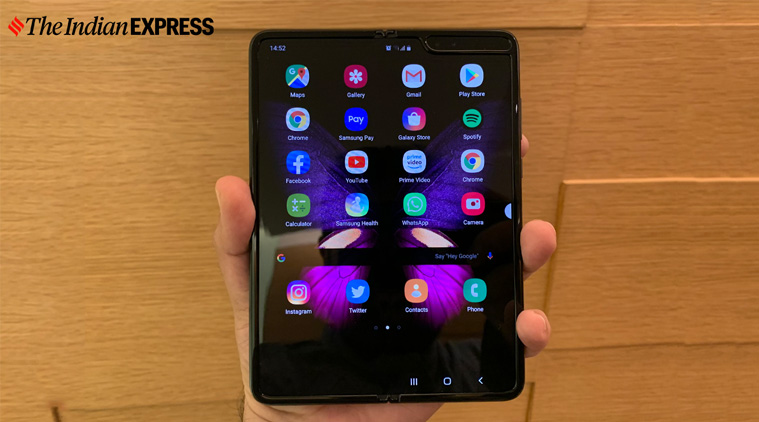 Samsung will lead the foldable smartphone category, if it is able to address core issues with this new form factor.
Samsung will lead the foldable smartphone category, if it is able to address core issues with this new form factor.
The other day, my Twitter feed had a tweet from Max Weinbach of XDA-Developers who posted a video of the Motorola Razr demo unit creaking loudly every time the device was folded or unfolded. He’s not the only person to have noticed the awkward sound, the other being Nirave Gondhia of Mobile Nations. I am not sure whether this problem is common across all units, but it does make me worried about the future of foldable phones.
Will Samsung be the company to fix this problem?
You must be wondering why I am asking Samsung to take a look into fundamental issues with foldable smartphones. After all, this is the company that was first to dip its toes into the foldable smartphone game and wasn’t all that successful while first releasing the Galaxy Fold. But if Samsung cannot really perfect the folding smartphone design, I doubt the future is exciting.
Anyway, I am convinced Samsung will lead the foldable smartphone category, if it is able to address core issues with this new form factor. But fixing new age folding phones is not just challenging but complex as well.
Let’s start with the screen first. Most agree that the current-generation foldable phones are fragile due to their bendable screens. The problem is that the screen used in today’s foldable phones is made of plastic, which is prone to bumps, scratches and creases. Samsung’s upcoming Galaxy Z Flip, however, is rumored to have a glass screen. Details are limited, but the Ultra Thin Glass (UTG) is said to be tougher than the “standard” polyimide protective film that the original Galaxy Fold uses.
After the display technology, the hinge is perhaps the most crucial part of the foldable phone. The hinge is designed in such a way that it ensures the device is able to fold multiple times a day without any glitch. With Motorola being questioned over the Razr’s hinge mechanism, I really hope Samsung gets the Galaxy Z Flip right. That said, Samsung should implement a clever hinge design that should help it avoid some of the core problems associated with foldable displays.
The high cost of a foldable smartphone is another harsh reality. I know it would be too much for smartphone manufacturers to sell a foldable phone for under $1000. I cannot expect Motorola to sell the foldable Razr for $999, but I can definitely expect Samsung selling a foldable phone for that price by next year. What sets them apart, is that Samsung can actually mass-produce foldable phones, unlike Motorola.
The launch of the Galaxy Fold wasn’t a smooth drive for Samsung or for the tech industry. But it made one thing clear: manufacturing and marketing a foldable phone would be a lot more challenging. I am sure Samsung has learned its lessons, making the upcoming Galaxy Z Flip a better foldable phone than the original Galaxy Fold.
For someone interested in new tech, I am genuinely excited about the Galaxy Z Flip. It’s a clamshell phone (yes, a flip-style foldable phone) with a large screen on the inside and a small display on the outside, next to the camera. When it’s opened, however, it looks more like a traditional smartphone, similar to the Motorola Razr. Samsung is exploring new designs to sell foldable phones, and that makes me excited.
See you next Tuesday, when I will discuss the opportunities lies for Samsung in the mid-range segment.
